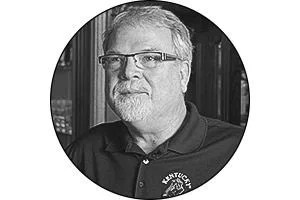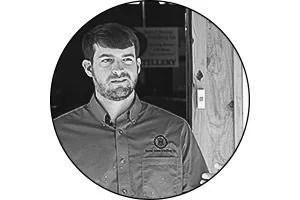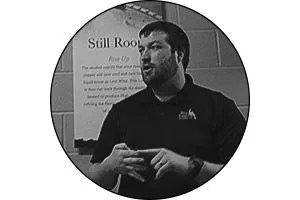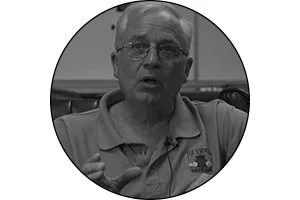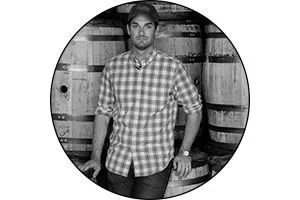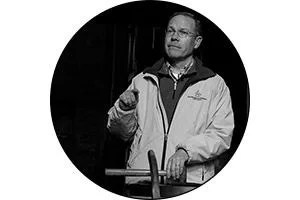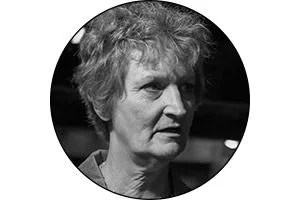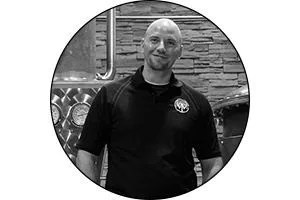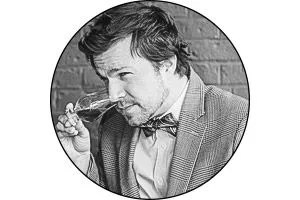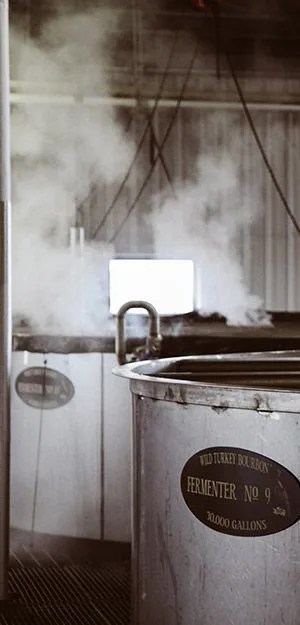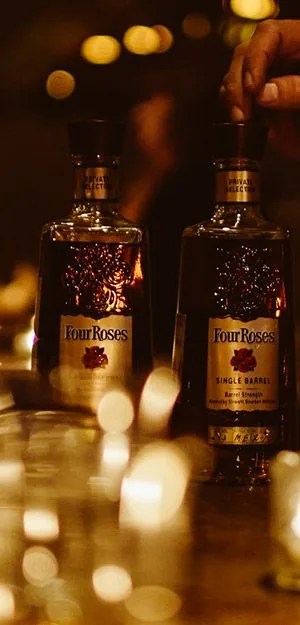We’ve been making a lot of noise lately about our blur of an adventure in Kentucky. We got a team of three together, flew to Kentucky, ate great food, drank at the local bars, sometimes too much, interviewed the new and the old of bourbon — politicians, brewers, drinkers — you name it, we tried do it. Our thinking was to speak with as many people as possible and see what came of it, to get a sense of the bourbon boom from the inside. Whatever that meant. We had seen the end result of the bourbon boom — the ever-widening shelves of our liquor store’s bourbon section, the rows of brown behind the bar, the trend piece articles linking bourbon and the ubiquitous “Brooklyn hipster” — but we wanted to get a look at the source ourselves.
While Ben, co-founder of GP, was a bourbon nerd long before we left, Sung and I were going in cold. We enjoyed the drink, but our interests lay outside of highly sought after bottles, Pappy and how to drink it. We wanted to know about that tipping point, about the international phenomenon that’s definitionally American. Bourbon production in Kentucky more than doubled from 1999 to 2013. Employee salaries during this same period, as measured state-wide by the QCEW and adjusted for inflation, show a 34 percent increase, during which time employment increased by 20 percent. These are numbers you’d expect out of Silicon Valley’s tech industry, but this is all in the manufacturing sector, which has been on a steady decline nationwide since the 1950s and has decreased in Kentucky from 1999 until 2013 by 26.3 percent.
In addition, bourbon and Tennessee whiskey accounted for $1 billion of the total of $1.5 billion domestic distilled spirits exports in 2013. These seem like export numbers for the service industry, not the brown liquid that’s been made from corn in the American heartland for the past two and a half centuries.
On the ground in Kentucky we saw who these people were. We met Adam Johnson, Director of the Kentucky Bourbon Trail, a position that didn’t exist until 1999. We saw some of the 20 percent that were new employees, who were more comfortable answering questions as a whiskey consumer than a whiskey producer.

The newly needed tour guides, the workers building rick houses that can hold 50,000 barrels instead of just 20,000, the distilleries that went from operating a few months a year to year round, these are real people. We aren’t talking about just a few at the top who wear hoodies and make money from lines of codes and are genius enough to predict and capitalize on social trends, or from those in suits who calculate pro forma EBITDA on their way to the 80th floor. Not in Kentucky. We were throwing guys in front of a camera and a microphone that had been struggling just decades ago to stay in business, that had drank bourbon — and they all always drank bourbon — because it was their local product, it was their history, it was on the shelf.


